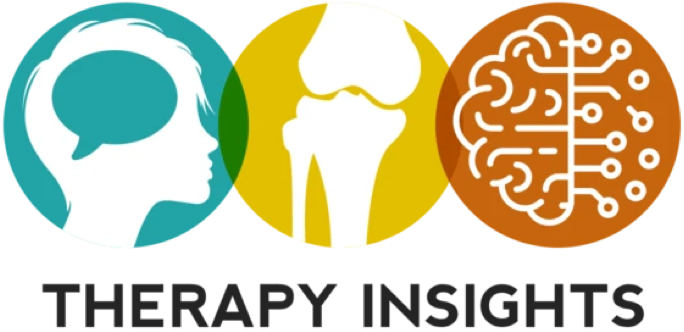Voice Restoration After Laryngectomy
January 10, 2022 by Megan Berg.
This handout describes the advantages and disadvantages of different techniques for voice restoration, including electrolarynx, esophageal speech, and tracheoesophageal puncture. This handout is best suited for patients considering laryngectomy and provides a starting point to discuss voice restoration options before the surgery is completed.
